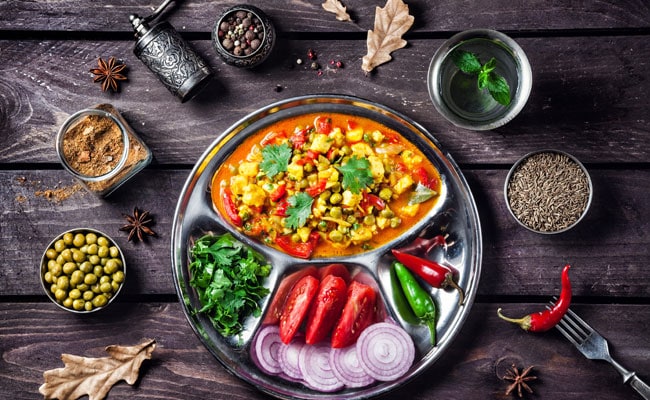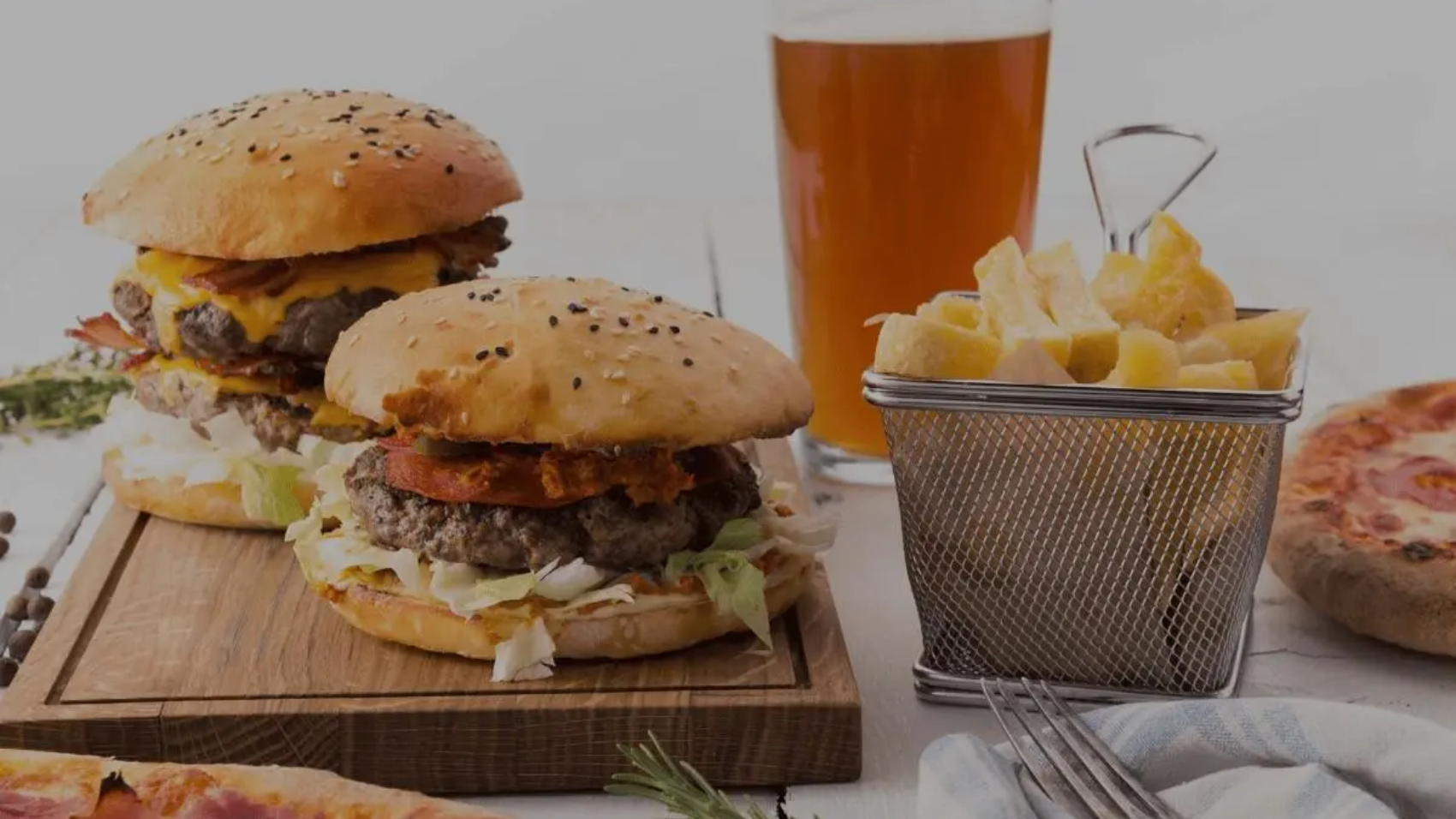India, a land celebrated for its vibrant culture and diverse culinary heritage, is facing a silent revolution in its kitchens and dining tables. The traditional Indian diet, rich in fresh ingredients, spices, and wholesome grains, is increasingly being sidelined by the allure of readily available, highly processed, and often unhealthy “junk food,” especially among its burgeoning youth population. This shift in food habits carries significant implications for the health and future of the nation.
The Traditional Indian Plate: A Nutritional Powerhouse

For generations, the Indian diet has been a testament to balance and nutritional wisdom. Rooted in regional variations, it typically emphasizes:
Whole Grains: Millets like bajra, jowar, and ragi, along with traditional rice varieties and hand-ground wheat, provide complex carbohydrates, fiber, and essential minerals.
Pulses and Legumes: Dals, chana, rajma, and moong are primary sources of plant-based protein, vital for growth and repair.
Fresh Fruits and Vegetables: A kaleidoscope of seasonal produce ensures a rich intake of vitamins, minerals, antioxidants, and dietary fiber.
Healthy Fats (in moderation): Ghee, mustard oil, and groundnut oil, when used appropriately, offer essential fatty acids and fat-soluble vitamins.
Spices: Turmeric, cumin, coriander, and fenugreek aren’t just for flavor; they possess powerful medicinal properties, acting as anti-inflammatories and antioxidants.
Probiotics: Homemade curd and fermented foods support gut health.
This diet, when consumed in traditional portions, naturally provides sustained energy, supports digestion, boosts immunity, and helps in preventing chronic diseases.
The Rise of the “Convenience Culture” and Junk Food
In stark contrast to this wholesome tradition, “junk food” typically refers to highly processed items packed with excessive sugar, salt, unhealthy fats, and empty calories, offering little to no nutritional value. The rapid urbanization, globalization, and aggressive marketing have fueled its meteoric rise in India, particularly among the youth.
Accessibility and Affordability: Fast food outlets are ubiquitous, offering quick, cheap meals that fit into busy schedules.
Taste and Novelty: The high sugar, salt, and fat content in junk food is engineered to be incredibly palatable, creating strong cravings and even addiction.
Peer Influence and Social Status: Consuming branded fast food can be seen as “cool” or a sign of modernity among peer groups.
Aggressive Advertising: Television commercials, social media influencers, and online games constantly promote processed snacks, shaping preferences from a young age.
Lack of Awareness/Time: For busy parents, packaged foods become a convenient option, while some youth may lack adequate knowledge about healthy eating.
The Alarming Consequences for Indian Youth
The shift towards junk food is having a profound and alarming impact on the health of India’s young generation:
Obesity and Overweight: Junk food’s high calorie density and low satiety lead to overeating, contributing to a significant rise in childhood and adolescent obesity. This, in turn, increases the risk of chronic diseases later in life.
Nutritional Deficiencies: Despite consuming more calories, youth consuming junk food often suffer from a lack of essential micronutrients like vitamins, minerals, protein, and fiber, leading to “hidden hunger” and impaired physical and mental development.
Metabolic Disorders: The surge in sugar and unhealthy fat intake is directly linked to an increased risk of Type 2 Diabetes (even in adolescence), high blood pressure, and high cholesterol – conditions once primarily associated with adults.
Digestive Issues: Low fiber content in junk food contributes to constipation, bloating, and other gastrointestinal problems.
Dental Problems: Excessive sugar in soft drinks and processed snacks leads to widespread tooth decay and gum disease.
Mental Health Impact: Emerging research suggests a correlation between a diet high in processed foods and an increased risk of mental health issues like depression, anxiety, and poor concentration. Fluctuations in blood sugar can also affect mood and energy levels.
Reduced Physical Performance: A diet lacking vital nutrients can lead to lethargy, reduced stamina, and overall poorer physical performance in sports and daily activities.
Addressing the Challenge: A Collective Responsibility
Tackling this growing health crisis requires a multi-pronged approach involving government, schools, parents, and the youth themselves:
Government Initiatives: The Food Safety and Standards Authority of India (FSSAI) is at the forefront with initiatives like “Eat Right India.” Campaigns like “Aaj Se Thoda Kam” (promoting reduction in salt, sugar, and fat) and “Trans Fat-Free India” aim to raise awareness. “Eat Right School” integrates nutrition education into curricula, and the “Stop Obesity” campaign (launched in June 2025) targets a nationwide reduction in salt and oil consumption. Regulations on misleading advertising, especially for child-targeted ads, are crucial.
School Policies: Promoting healthier canteen menus, providing nutrition education, and encouraging physical activity within school premises.
Parental Guidance: Parents play a vital role in modeling healthy eating habits, preparing nutritious meals at home, limiting junk food availability, and educating children about mindful eating.
Youth Empowerment: Encouraging critical thinking about food choices, involving them in meal preparation, and highlighting the benefits of traditional Indian foods.
Promoting Traditional Foods: Reviving the consumption of millets, pulses, and seasonal produce through awareness campaigns and making them more accessible and appealing.
The future health of India’s youth hinges on a conscious return to nutritious, balanced diets. While the convenience of junk food is undeniable, understanding its long-term health implications and actively choosing traditional, wholesome options is a battle that needs to be won, one plate at a time.

